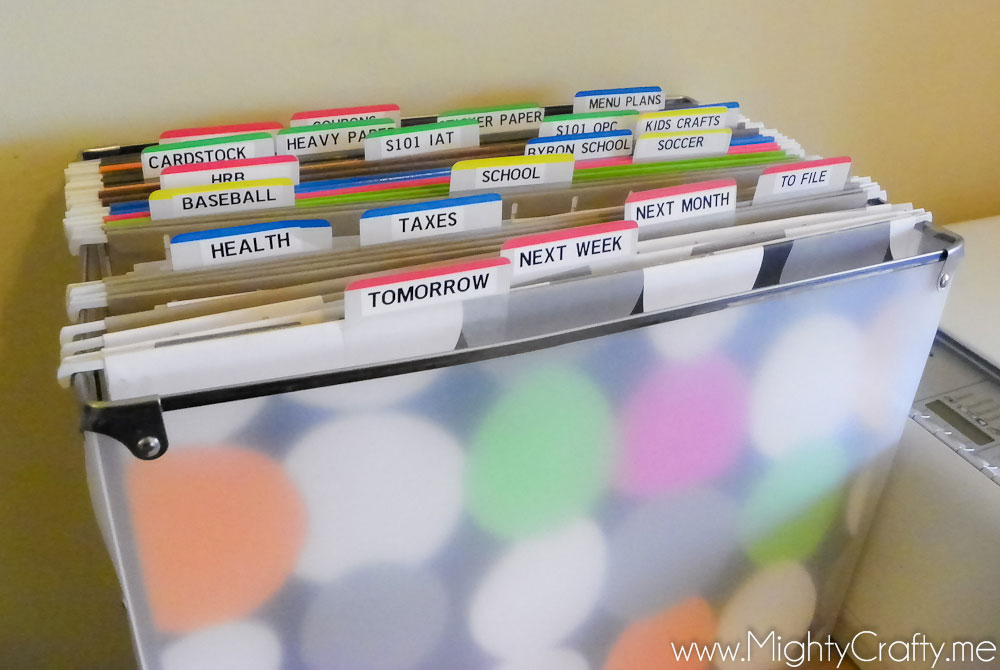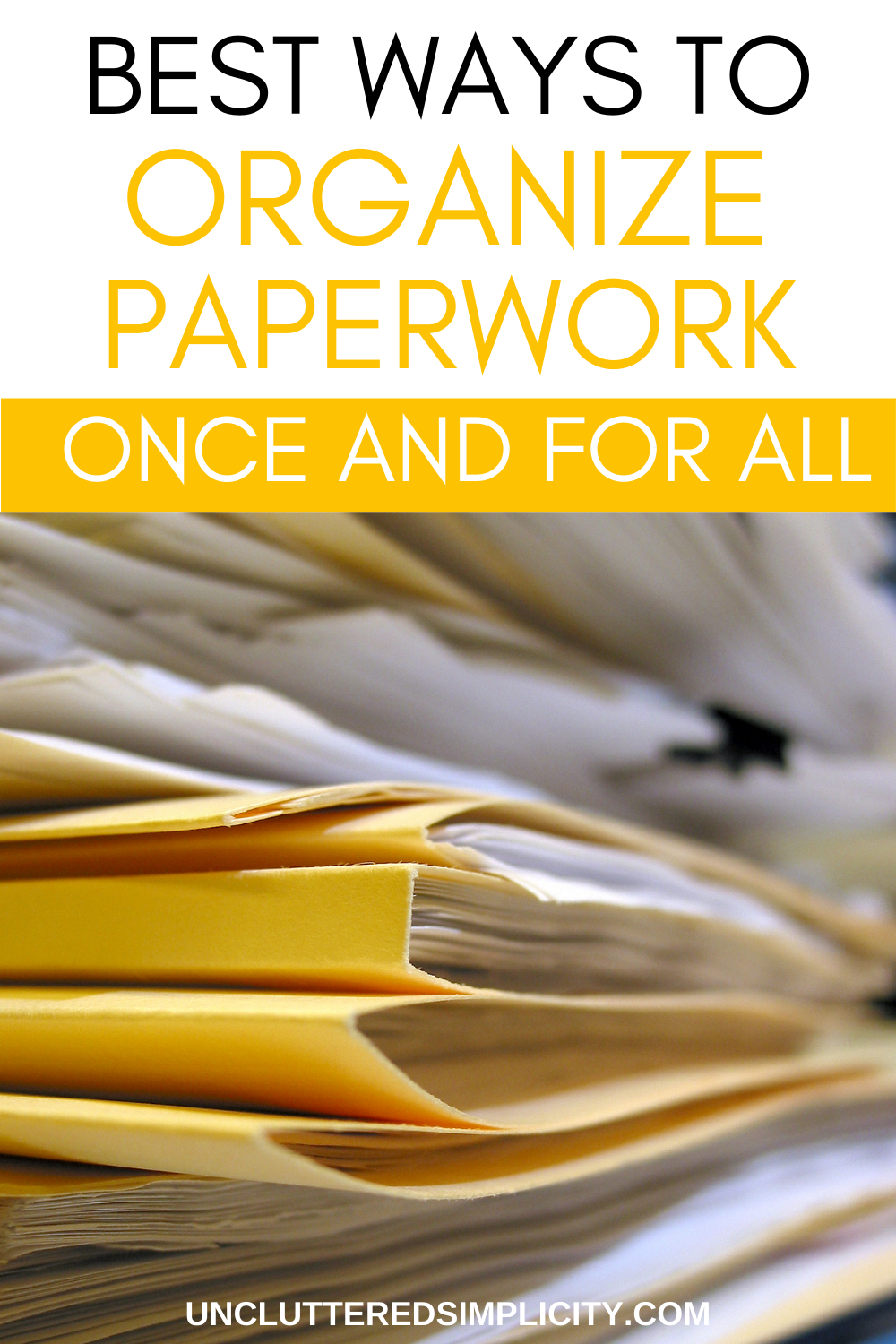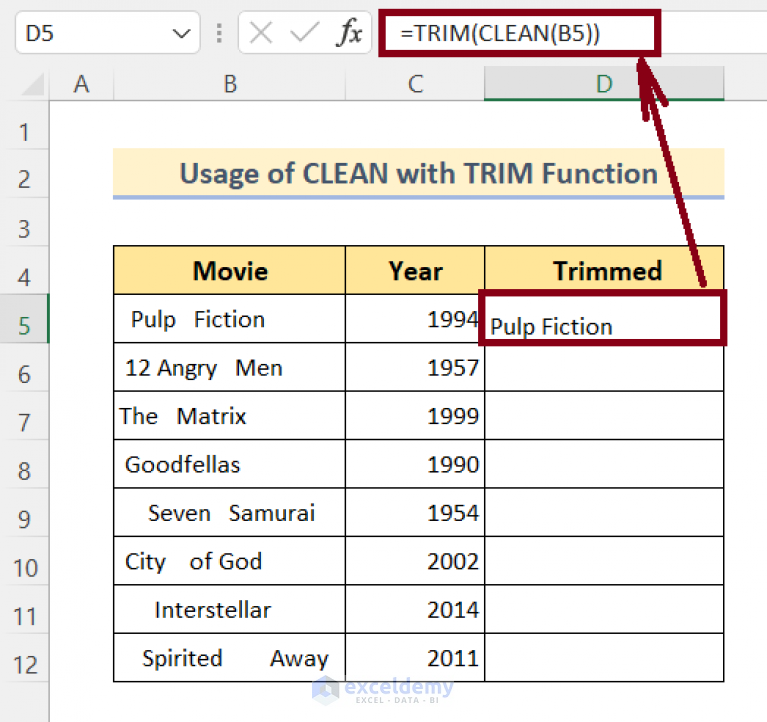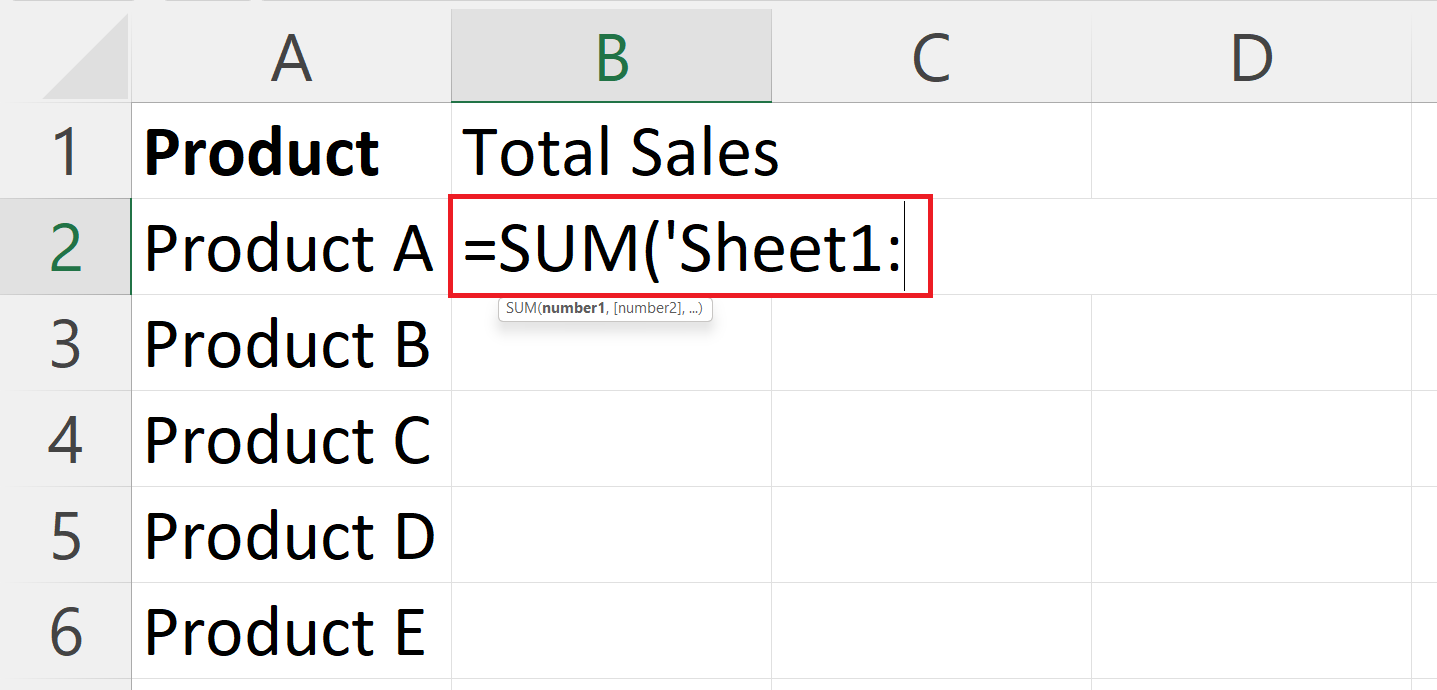5 Genius Tips to Organize Your Home Office Paperwork

Why Efficient Paperwork Management is Essential

In today’s fast-paced business environment, maintaining an organized home office is not just about aesthetics. Efficient paperwork management can significantly boost productivity, save time, and reduce stress. Here, we’ll explore five practical tips to help you streamline your home office paperwork, making your work environment more conducive to success.
1. Implement a Color-Coded System

One of the most visually intuitive ways to manage paperwork is by using a color-coded system. Assign different colors to different types of documents:
- Red: Urgent documents or those requiring immediate action.
- Blue: Financial records and invoices.
- Green: Client-related documents.
- Yellow: Internal memos and company notes.
- White: General or miscellaneous files.
📝 Note: Consistency in color usage across your office will make retrieval and filing easier, significantly reducing the time spent searching for documents.

2. Use a Digital Filing System

Physical paper can quickly become overwhelming. To minimize paper clutter, adopt a digital filing system:
- Scanners: Invest in a reliable scanner or use a smartphone app to scan documents into digital format.
- Cloud Storage: Utilize services like Google Drive, Dropbox, or OneDrive to store your digital files. Ensure files are named logically (e.g., “2023_Tax_Returns” or “Client_Proposal_2023_01”).
- OCR: Implement Optical Character Recognition (OCR) technology to search through text within your scanned documents.
💡 Note: A digital system reduces physical storage needs and makes document retrieval faster and easier.

3. Set Up a Sorting Station

Create a dedicated area in your office where incoming paperwork is sorted:
- Inbox: All incoming documents go here first.
- Outbox: Documents ready to be filed or sent out.
- Pending Basket: Items needing further action or review.
This setup helps to immediately categorize incoming documents, preventing the backlog of unprocessed paperwork.
4. Establish a Routine

Routine is key when it comes to paperwork management:
- Daily Review: Spend 10-15 minutes at the beginning or end of your workday to sort and deal with documents in your sorting station.
- Weekly Clean-Up: Dedicate time weekly to file away any documents that have been processed and to clear out unnecessary papers.
- Monthly Audit: At the end of each month, review and shred documents that are no longer needed for security or space-saving purposes.
🗓 Note: A consistent routine reduces the chance of losing important papers and ensures all documents are handled in a timely manner.
5. Go Paperless Where Possible

To minimize the amount of paper entering your office:
- Electronic Invoicing: Use electronic invoicing systems to replace paper invoices.
- Digital Signatures: Opt for digital signatures over physical ones where legally permissible.
- Online Subscriptions: Move subscriptions, memberships, and newsletters to email notifications.
Going paperless not only reduces clutter but also contributes to environmental conservation.
The Benefits of Organized Paperwork

By implementing these strategies for organizing your home office paperwork, you stand to gain:
- Increased Efficiency: Easy access to documents saves time and reduces frustration.
- Reduced Stress: A tidy workspace promotes mental clarity and productivity.
- Better Compliance: Organized records facilitate smoother audits and compliance checks.
- Space Saving: Digital solutions reduce physical storage requirements.
- Cost Savings: Less paper use means lower printing and storage costs.
In summary, organizing your home office paperwork isn't just about keeping things neat; it's about creating an environment that supports your work, reduces stress, and enhances productivity. Implementing a color-coded system, digital filing, a sorting station, establishing a routine, and going paperless where possible will transform your office into a hub of efficiency. Remember, the goal is not perfection but continual improvement towards a more organized and efficient workspace.
What is the best way to start organizing my office paperwork?

+
Begin by decluttering. Sort through your existing paperwork, recycle or shred unnecessary items, and then categorize the documents that remain before filing them using one of the methods mentioned above.
How often should I organize my documents?

+
Set up a daily sorting routine, weekly clean-up sessions, and conduct monthly audits to keep your paperwork manageable and up-to-date.
Is it safe to go paperless?

+
Yes, provided you secure your digital documents with strong passwords, regular backups, and compliance with data protection regulations. Digital storage solutions offer advanced security features that often surpass those available for physical documents.



